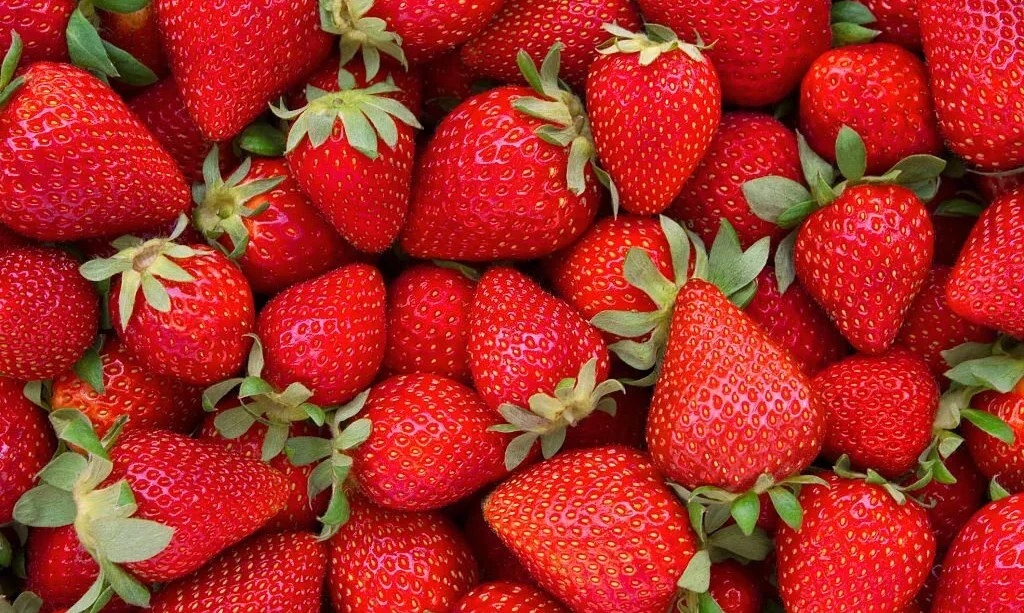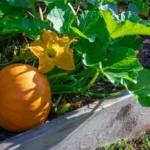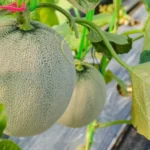Who can resist a bowl of juicy, sweet strawberries? These ruby-red gems are a favorite amongst fruit lovers for their tantalizing taste and enticing aroma. But to truly enjoy strawberries at their best, they need to be perfectly ripe. How do you achieve that, especially when you’ve brought home a punnet of strawberries that are still a bit underripe? This article will guide you on a journey to discover how to ripen strawberries effectively at home.
- Ideal for strawberry growing: Our 10-gallon grow bag is designed with 8 planting pockets, 16 inches in diameter and 15 inches in height, which is the standard 10-gallon planter size, providing ample space for strawberry plants to grow and thrive.
- Wide and deep planting pockets: Each pocket is widened and lengthened, making it easy to place strawberry seedlings and allowing for better root development.
- Prevents soil polluted: Our unique planting pocket design prevents soil polluted, ensuring that your strawberries grow healthier and tastier.
- Improved handle design: The handles are made of felt material instead of nylon, and have reinforced stitching to prevent tearing, making it easy for you to move this strawberry grow bag.
- Easy to use: Simply fill the bag with soil, place your strawberry seedlings in the planting pockets, and watch them grow.
Strawberries
Strawberries, with their bright red color and heart-like shape, are the first fruits to ripen in the spring. They belong to the genus Fragaria and are members of the rose family, which is why they have that lovely sweet aroma. Interestingly, what we commonly refer to as a strawberry “fruit” is actually an enlarged receptacle, and those tiny “seeds” on the outside are the actual fruits!
A critical point to remember about strawberries is their ripening process. Unlike some fruits, strawberries don’t continue to ripen after they’re picked from the plant. This means a strawberry picked green won’t turn red after you take it home. This unique trait plays a significant role in how we can encourage strawberries to reach their peak sweetness and flavor.
Can Strawberries Ripen After Being Picked?
Here’s the thing about strawberries: they stop ripening the moment they’re picked from the plant. Unlike bananas or tomatoes, strawberries don’t ripen further once they’ve been harvested. That’s why timing is everything when it comes to picking strawberries. They must be left on the plant until they’ve reached their peak color and sweetness, which is when they’re perfect for picking.
That said, a strawberry that is picked red can still become juicier and softer over time, but it won’t get any sweeter. So, if you’ve brought home strawberries that are still green or white, unfortunately, they will not ripen further.
How to Ripen Strawberries
Now, you might wonder, how can you ripen strawberries if they don’t ripen after being picked? The key here is to understand that while the sweetness won’t increase, you can enhance the fruit’s juiciness, tenderness, and aroma.
If you have fully red strawberries that are a bit firm, leave them out at room temperature for a day or two. This will allow them to become juicier and softer. Just remember not to leave them in direct sunlight or in a hot environment, as this can cause them to spoil.
If you want to bring out the strawberries’ aroma and enhance their flavor slightly, try slicing them and sprinkling a tiny bit of sugar on top. Let them sit for a few minutes. The sugar will draw out the strawberries’ natural juices, resulting in a syrupy mix that’s absolutely delicious. This process is known as maceration.
Just remember, the key to enjoying delicious strawberries begins at the store or the farmer’s market: choose the ripest, reddest strawberries you can find. Then, you can use these methods to bring out their best attributes.
How to Store Strawberries
So you’ve got your ripe, juicy strawberries. How do you store them to keep them fresh? Here are a few tips:
- Don’t wash your strawberries right away. Moisture can lead to mold growth. Instead, wash them just before you’re ready to eat or use them.
- Store your strawberries in the refrigerator to keep them fresh. Ideally, place them in a breathable container or wrap them loosely in paper towels to absorb excess moisture.
- If you’re not planning to eat your strawberries within a few days, consider freezing them. Wash and hull the strawberries, then dry them thoroughly before placing them on a baking sheet lined with parchment paper. Freeze until solid, then transfer them to a freezer bag or container. They’re perfect for smoothies, jams, or baking!
How to Choose the Best Strawberries
Here’s the secret to enjoying the sweetest strawberries: pick the right ones from the start. Here’s how:
- Look for strawberries that are bright red from top to bottom. Avoid those with white or green spots.
- Smell the strawberries. They should have a sweet, fragrant aroma. If they don’t smell like anything, they probably won’t taste like much either.
- Check for mold or mushy spots, and avoid those containers. Strawberries are delicate and can easily get bruised or damaged.
Conclusion
Enjoying perfectly ripe, juicy, and sweet strawberries isn’t a mystery. It starts with choosing the best strawberries, right from the store or market. And although they don’t ripen after being picked, with a few simple steps, you can enhance their juiciness and flavor. So the next time you bring home a punnet of strawberries, you know exactly what to do to savor them at their best!





